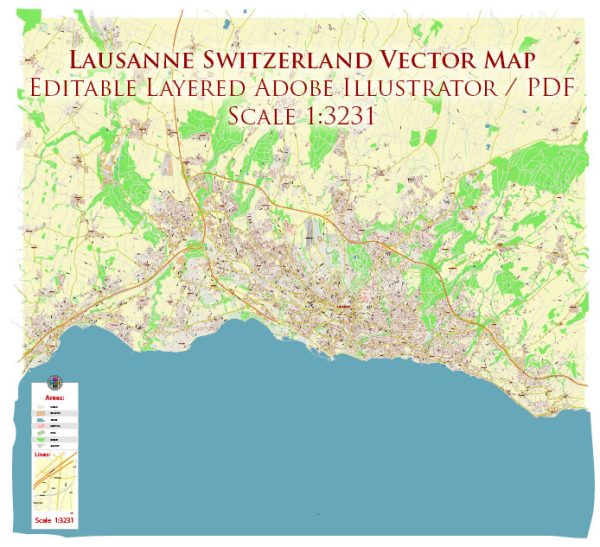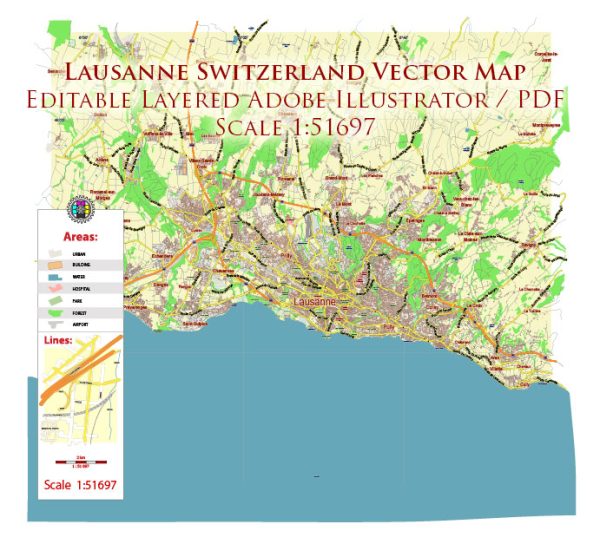Lausanne is a city located in Switzerland, and like many urban areas, it does not have significant natural resources within its city limits. However, Switzerland as a whole does have some valuable natural resources. Here are some of the natural resources that can be found in Switzerland, which may indirectly benefit Lausanne:
- Water Resources: Switzerland is known for its pristine lakes and rivers, including Lake Geneva (Lac Léman), which is close to Lausanne. These water bodies provide a source of freshwater and support various industries such as tourism, hydropower generation, and agriculture.
- Hydropower: Switzerland has abundant hydropower potential due to its many rivers and mountainous terrain. Hydroelectricity is a valuable natural resource that provides a significant portion of the country’s energy needs.
- Timber: Switzerland has forests that provide a source of timber and wood products, although the forestry industry is relatively small compared to other sectors of the economy.
- Minerals: Switzerland has some mineral resources, including salt, limestone, and sand for construction purposes. However, these are not as significant as in other countries.
- Agriculture: While not a major natural resource, agriculture in Switzerland produces various crops, including grains, vegetables, and fruits, which contribute to the country’s food supply.
- Tourism: Switzerland’s natural beauty, including its mountains, lakes, and landscapes, is a valuable resource for the tourism industry. Tourists come to Lausanne and other Swiss cities to enjoy outdoor activities and experience the country’s natural attractions.
- Biodiversity: Switzerland is home to diverse flora and fauna, making it a valuable natural resource for conservation and eco-tourism.
While Lausanne itself may not be rich in specific natural resources, its location on the shores of Lake Geneva and its proximity to the Swiss Alps make it a hub for tourism and services, which are indirectly linked to the broader natural resources of the country. Switzerland’s economy benefits from its natural beauty, which attracts visitors and supports various industries.



 Author: Kirill Shrayber, Ph.D.
Author: Kirill Shrayber, Ph.D.